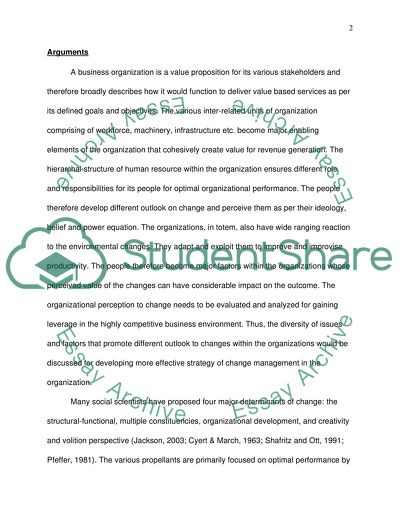Cite this document
(“Why are there different perspectives on change within organizations Essay”, n.d.)
Retrieved from https://studentshare.org/environmental-studies/1405807-why-are-there-different-perspectives-on-change
Retrieved from https://studentshare.org/environmental-studies/1405807-why-are-there-different-perspectives-on-change
(Why Are There Different Perspectives on Change Within Organizations Essay)
https://studentshare.org/environmental-studies/1405807-why-are-there-different-perspectives-on-change.
https://studentshare.org/environmental-studies/1405807-why-are-there-different-perspectives-on-change.
“Why Are There Different Perspectives on Change Within Organizations Essay”, n.d. https://studentshare.org/environmental-studies/1405807-why-are-there-different-perspectives-on-change.


